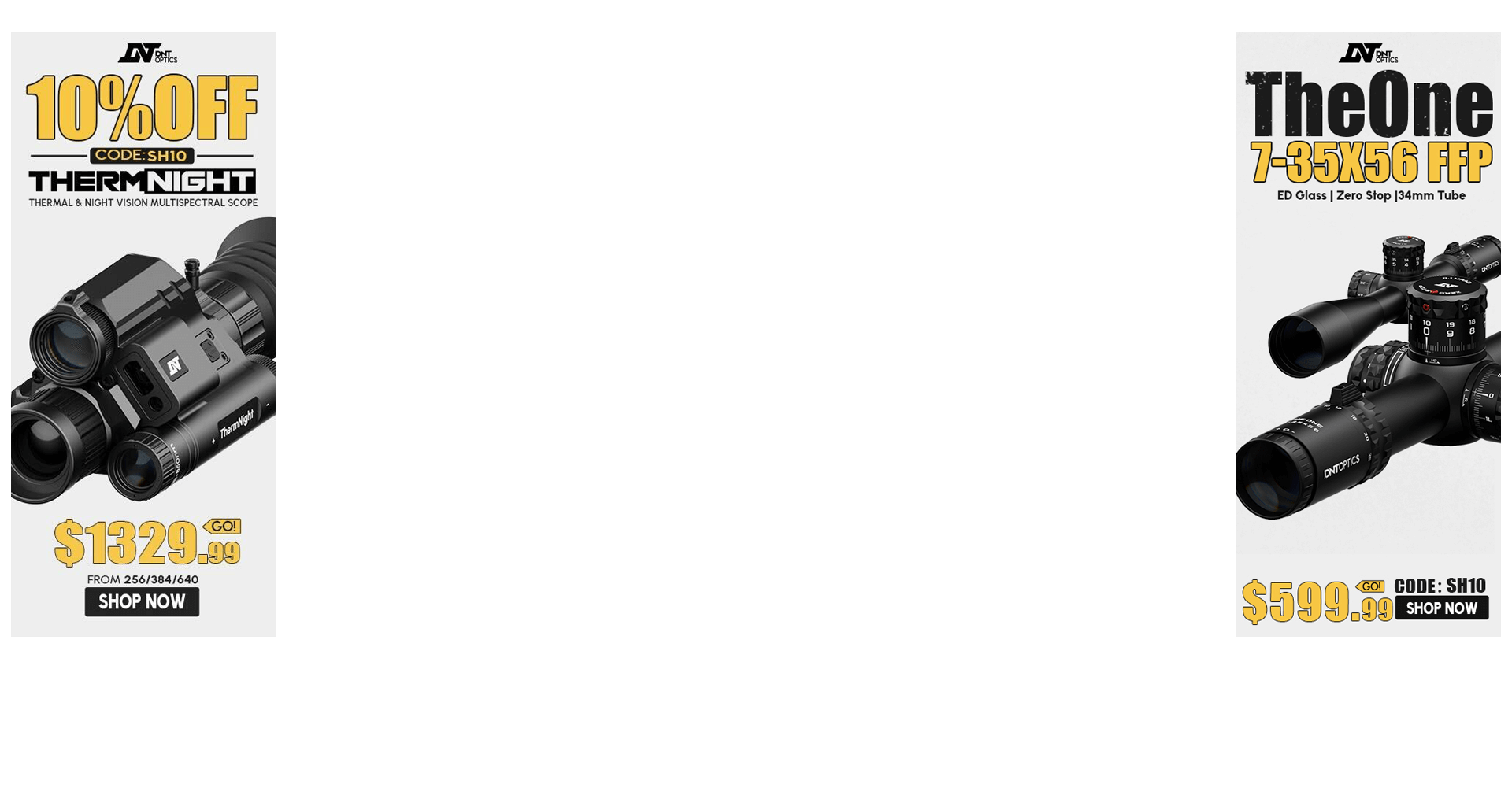Alright everyone so as the title says whats the benefits to using this before an actual sizing die?
So my current pattern is once I get home from the range I'll tumble for a few minutes to get the grim off then I'll anneal the brass then run through the Hornady match bushing dies that sizes and deprimes and uses the bushing to set neck tension. I've also noticed that if i have a case mouth dent it doesn't fix the dent using the bushing,
do you all recommend using a universal die then removing the decapping stem from the hornady die using that to size?
So my current pattern is once I get home from the range I'll tumble for a few minutes to get the grim off then I'll anneal the brass then run through the Hornady match bushing dies that sizes and deprimes and uses the bushing to set neck tension. I've also noticed that if i have a case mouth dent it doesn't fix the dent using the bushing,
do you all recommend using a universal die then removing the decapping stem from the hornady die using that to size?

